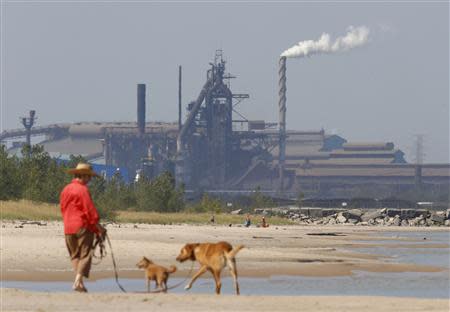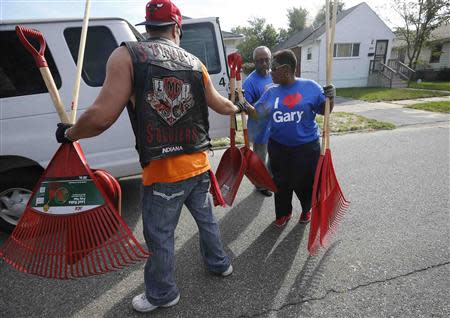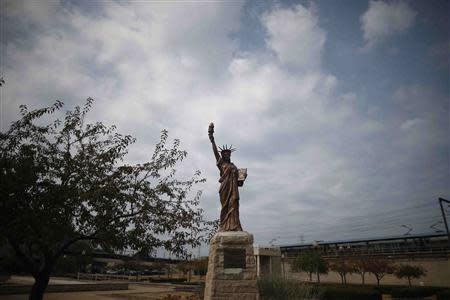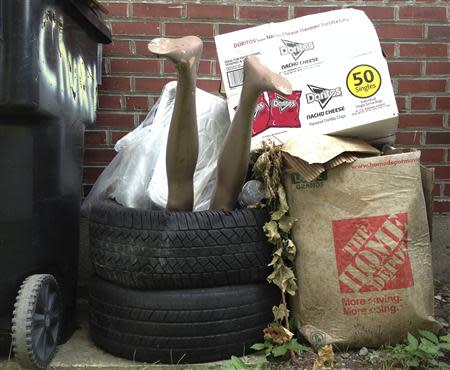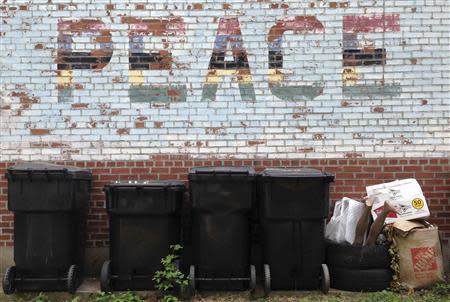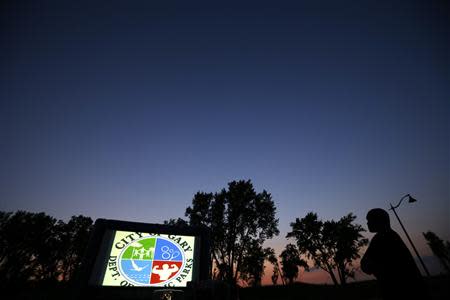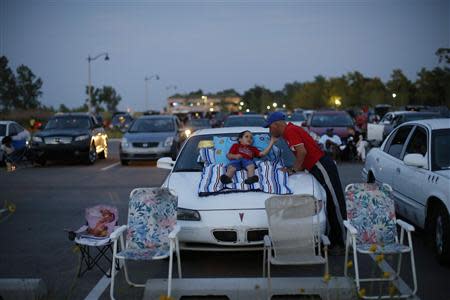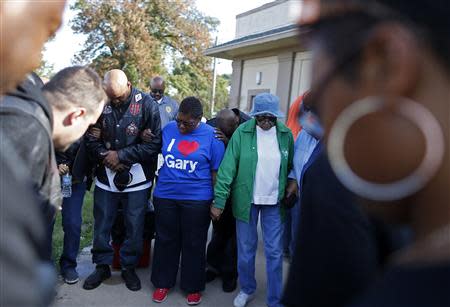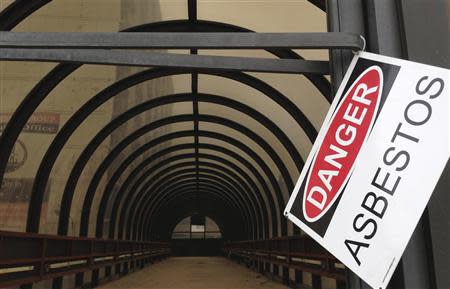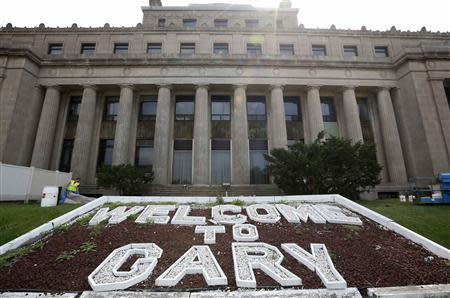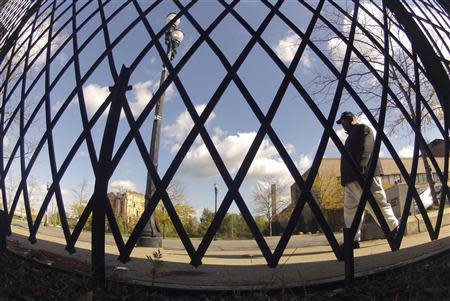Struggling U.S. cities hope small projects yield big results
By Mary Wisniewski GARY, Indiana (Reuters) - Struggling U.S. Rust Belt cities for years have tried to counter the loss of manufacturing jobs with big, expensive projects like casinos and stadiums. For cities such as Gary, Indiana; Flint, Michigan; and Youngstown, Ohio, these projects brought hope and headlines. Some delivered new revenue, but others brought new costs and mixed results. Gary's underused Genesis Convention Center, for example, cost the city $3.6 million in repairs and operations in the past year alone. Now, Gary Mayor Karen Freeman-Wilson and civic leaders of some other blighted cities are going small with strategic, narrowly focused ideas such as selling vacant homes for $1, demolishing derelict buildings and neighborhood clean-up projects that produce immediate results. "It's a movement away from this singular, mega-project," said Toni Griffin, an architect and urban planner at City University of New York. "Where cities are moving to is a larger more strategic framework." Gary, a struggling city 30 miles south of Chicago along the shores of Lake Michigan, is a prime example of the trend. Known as the "Magic City" in the roaring 1920s for its spectacular growth, Gary is still home to U.S. Steel's largest plant, but the number of mill jobs has shrunk to 5,000 from 30,000 in the 1970s. Gary's population in 1960 was more than 178,000, but it disintegrated to just 79,000 by 2012. Some one-third of its residents live in poverty and the home and business vacancy rate is about 35 percent. Gary recorded 43 murders in 2012 - three times as many per capita as nearby Chicago. S. Paul O'Hara, a Xavier University professor who wrote a history of Gary, said Gary's problems may seem overwhelming, but a few small steps could build a foundation for better days. Attempts have been made to revive Gary, including casinos and a minor-league baseball stadium. Similar projects were tried in other cities - a trend known as the "Bilbao" effect after the Guggenheim Museum that revived Bilbao, Spain, said Terry Schwarz, director at Cleveland Urban Design Collaborative in Ohio. SMALL STEPS TO REVIVAL Flint provides an infamous example of how a big project can backfire. AutoWorld, an $80 million theme park opened in 1984, closed six months later due to low attendance. It was later demolished and the land acquired by the University of Michigan-Flint. These days, Flint is having more success with the Genesee County Land Bank, which allows neighbors to buy adjoining lots cheaply, so they can expand their gardens. The Bank recently received $20.1 million in federal money for 1,661 building demolitions, according to the city. The Bank also has helped revive the downtown, turning boarded-up buildings into apartments and restaurants, said Chris Waters, associate provost at the University of Michigan-Flint. "There's actually night life in Flint," Waters said. "It still amazes me." In Youngstown, the Mahoning County Land Bank - an entity that manages and develops tax-foreclosed properties - helps move vacant buildings back onto tax rolls. The city also has increased penalties for neglectful owners. One tactic is a $10,000 bond paid by any entity foreclosing on a building. The city can use the money for repairs if the property is neglected. "We're starting to see the visual impact," Maureen O'Neil, Youngstown's chief code official, said. "Some of our corridors look a lot better." BUILDING A FUTURE Like Gary, Youngstown and Flint were heavily dependent on single industries and were devastated economically when tens of thousands of manufacturing jobs disappeared between the 1960s and 1980s. Youngstown lost jobs in steel, Flint in the auto industry. Freeman-Wilson, elected last year as Gary's first female mayor, sees its potential as a transportation hub. It lies in the center of the country, alongside Lake Michigan and 30 minutes from Chicago, with rail and highway connections. To build on its transportation potential, she said a bigger plan is to expand the airport's runway by September 2014. The mayor sees a tourism potential because the city was the hometown of pop star Michael Jackson. Gary's real estate is also a bargain - the Miller Beach neighborhood attracts Chicagoans who want lake views at lower costs. One wall of the mayor's office is covered with ugly pictures including a hollowed-out train station and a crumbling frame house - all eyesores Freeman-Wilson wants revived or demolished. "Some are gone, some are on their way out - that historic rail station we should really develop," she said, tapping each picture in turn. She also has a plan for cleaning up the city block by block and is counting on volunteers to start scrubbing. Freeman-Wilson, a Harvard-educated Gary native, says she sees why past mayors turned to big projects. "When you see a convention center, you regain hope. "I understand that, but I don't want to do that to the exclusion of smaller things." (Reporting by Mary Wisniewski; Editing by Maureen Bavdek and Bob Burgdorfer)
